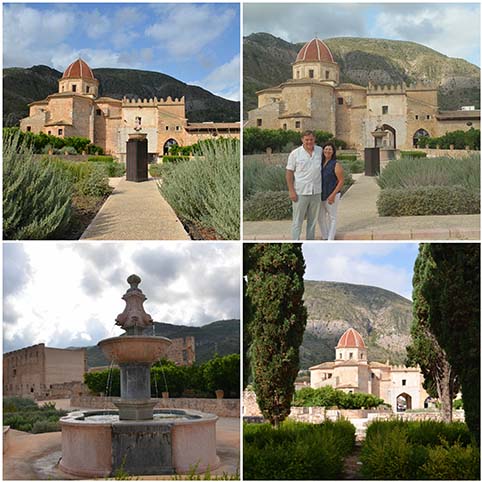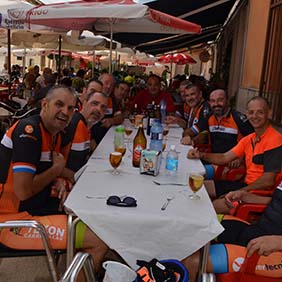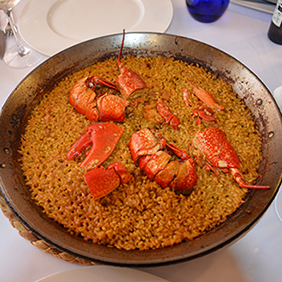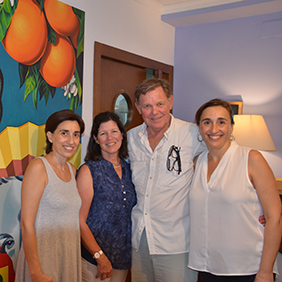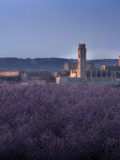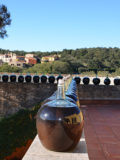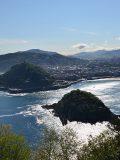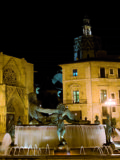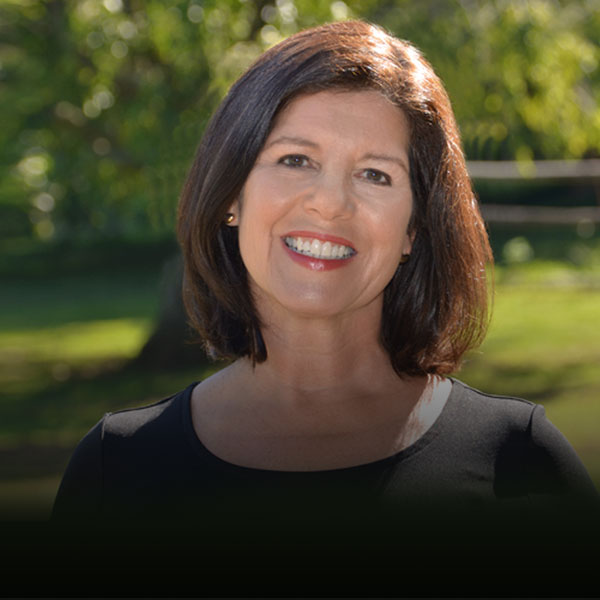By Carolyn Worthington
After two nights in Gandia and fading jet lag, it was time to head up the coast to the city of Valencia. But not before making a few side trips to Real Monasterio De Santa Maria de la Valldigna, the famous rice fields around El Saler, and the popular village itself, just five minutes from Valencia and in the sprawling Natural Park of l’Albufera, site of Spain’s largest lake and a birder’s paradise.
First stop: Monasterio De Santa Maria
We followed Desam and Fernando by car to the countryside just northwest of Gandia to the imposing 14th century Cistercian monastery in Valldigna, a valley about 30 miles south of Valencia.

Bicycles on standby while riders enjoy lunch at cafe
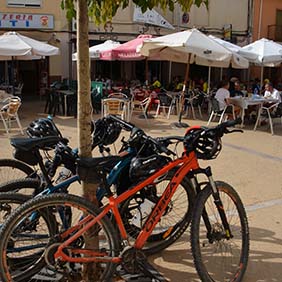
One of many cafes in Valencia region where cyclists stop after a long ride
The first thing my husband noticed was the steady stream of cyclists riding through the bordering town Simat and congregating at an outdoor cafe in Abadia Square, across from the entrance to the monastery. Fernando told us (remember he’s one of them), that this area has some of the most popular weekend cycling routes around Valencia, with many backroads through the surrounding hills and valleys of Valldigna.


